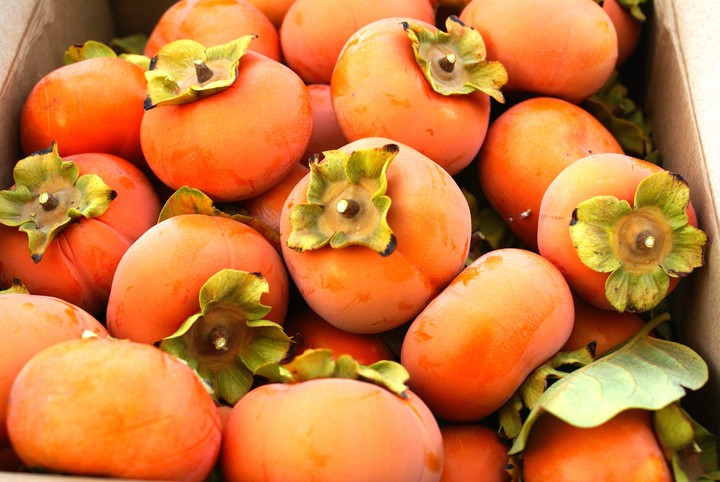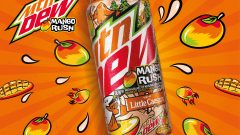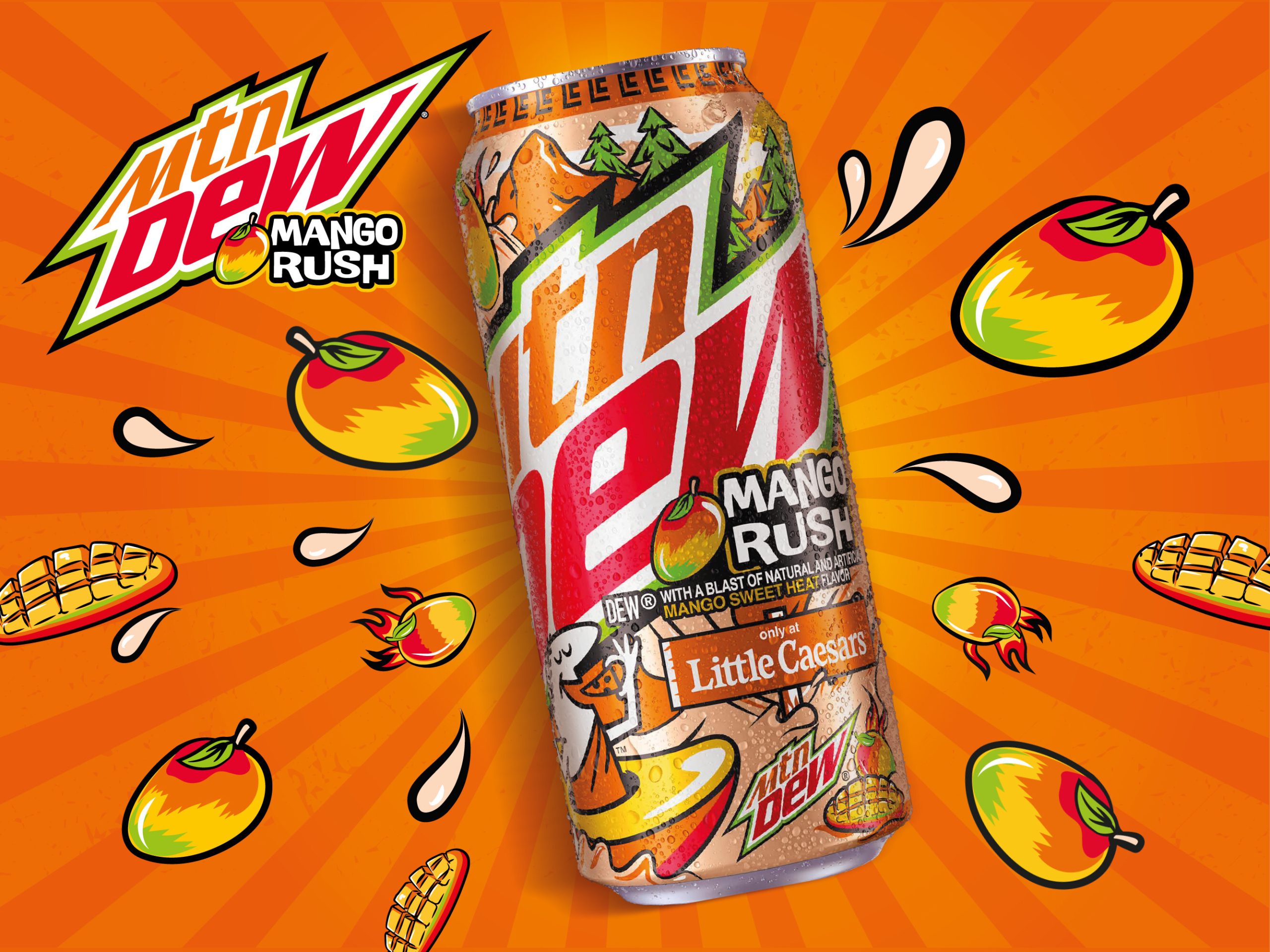Here’s 6 Little Known Facts That Highlight Persimmons

There’s probably a thing or two you could learn about persimmons. In fact, there are probably a lot of things you could learn about persimmons because they are so often forgotten about compared to the rest of the fruit community.
Aside from having residential suburban streets named after it, the persimmon is known for its flavorful and distinct nature; it’s definitely got moxy. Did you know that Salvador Dali almost named that one painting The Persimmons of Memory? Okay, I just made that up for the sake of a pun, but here are some additional facts that are 1000% true about persimmons.
1. Persimmons originated in east Asia.
Thousands of years ago in ancient China the first known persimmon (known as the “Oriental Persimmon”) to ever grace our beautiful planet literally took root in the heart of the country. Eventually, its seeds spread into Korea and Japan, where the persimmon celebrates about 1300 years of harvests, but persimmons didn’t grace American shores until 1870.
2. Gotta catch ‘em all: there are several varieties of persimmon.
There are tons of different variations of the fruit mostly due to the fact it’s been so widely-cultivated, but there are two specific types available commercially, Fuyu and Hachiya. Fuyu are of the non-astringent variety, which means they can be eaten fresh, whereas Hachiya persimmons are astringent, so they’re used more for cooking.
Learn the differences between the two, especially when it comes to storing them properly — astringents only stay fresh for a few days, while non-astringents last up to three weeks. You can also opt to keep them in the freezer, where they’ll last six to eight months.
3. Persimmons need to be cured before they can be eaten.
You easily do this by placing a newly picked persimmon along with bananas or apples in a sealed container for a couple of days; it’s all thanks to the ethylene gas that’s produced by bananas and apples!
4. Each persimmon contains half your daily value for Vitamin C.
Though their sugar content is fairly high, even for a fruit, persimmons are rich in antioxidants, vitamins, and fiber.
5. Persimmons seeds and leaves create caffeine-free energy drinks.
During the Civil War, ground persimmon seeds were often boiled, roasted, and ground by Southerners to produce a coffee-like drink. Now, the leaves of persimmon trees are used to brew tea.
6. Persimmons have several other non-food purposes.
Unripe Japanese persimmons are full of bitter tannins, an ingredient used to brew sake and preserve wood. They can also be crushed and mixed with water to yield a insect repellent solution.
You also might encounter persimmon vinegar at an Asian market, but otherwise you’ll need to ferment your own. The solution produced by diluting the vinegar with water is touted as a failsafe, detox/weight loss beverage.






















